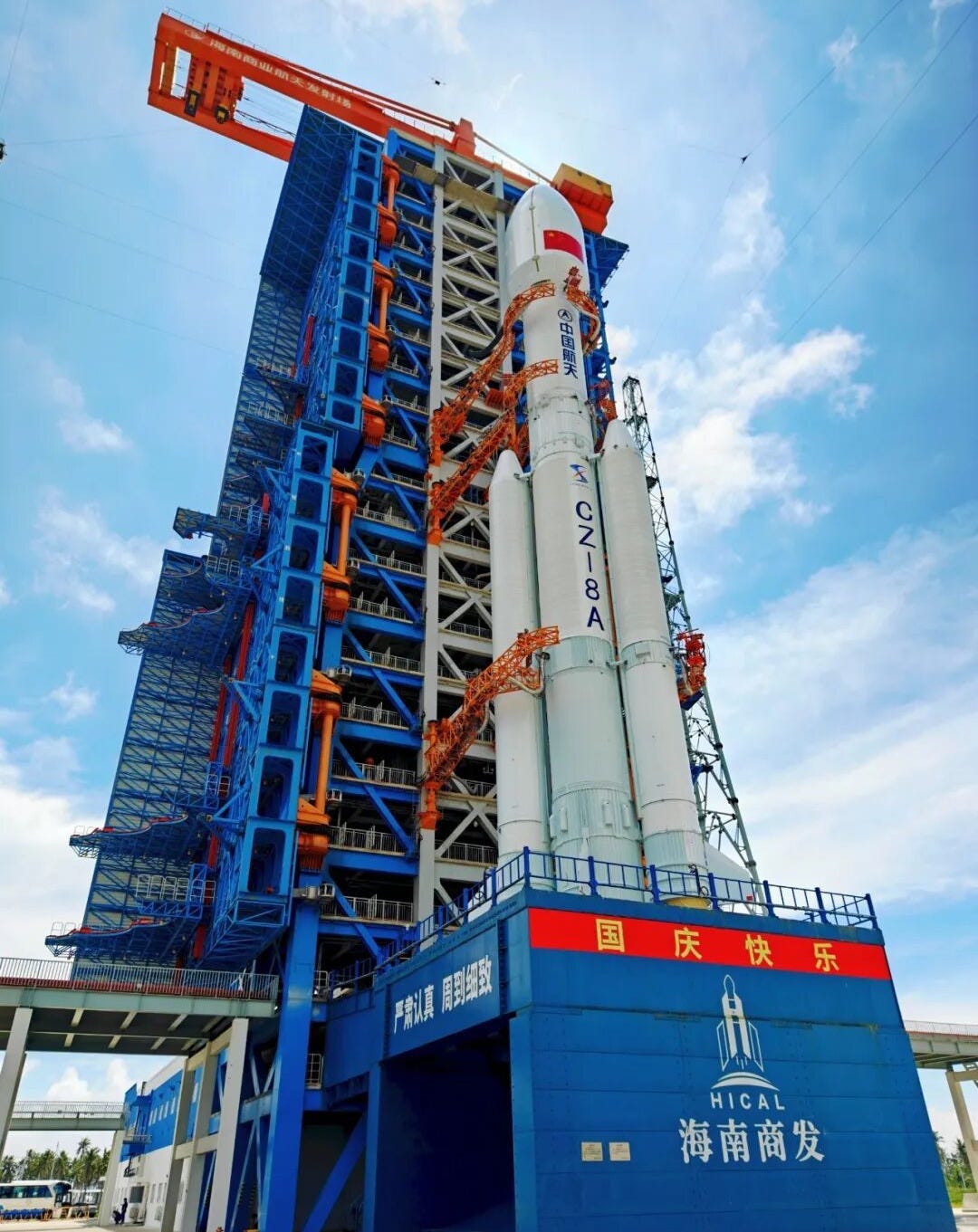600th Long March Mission Delivers More GuoWang Satellites! [Long March 8A Y4]
GuoWang has become China's largest mega-constellation effort too.
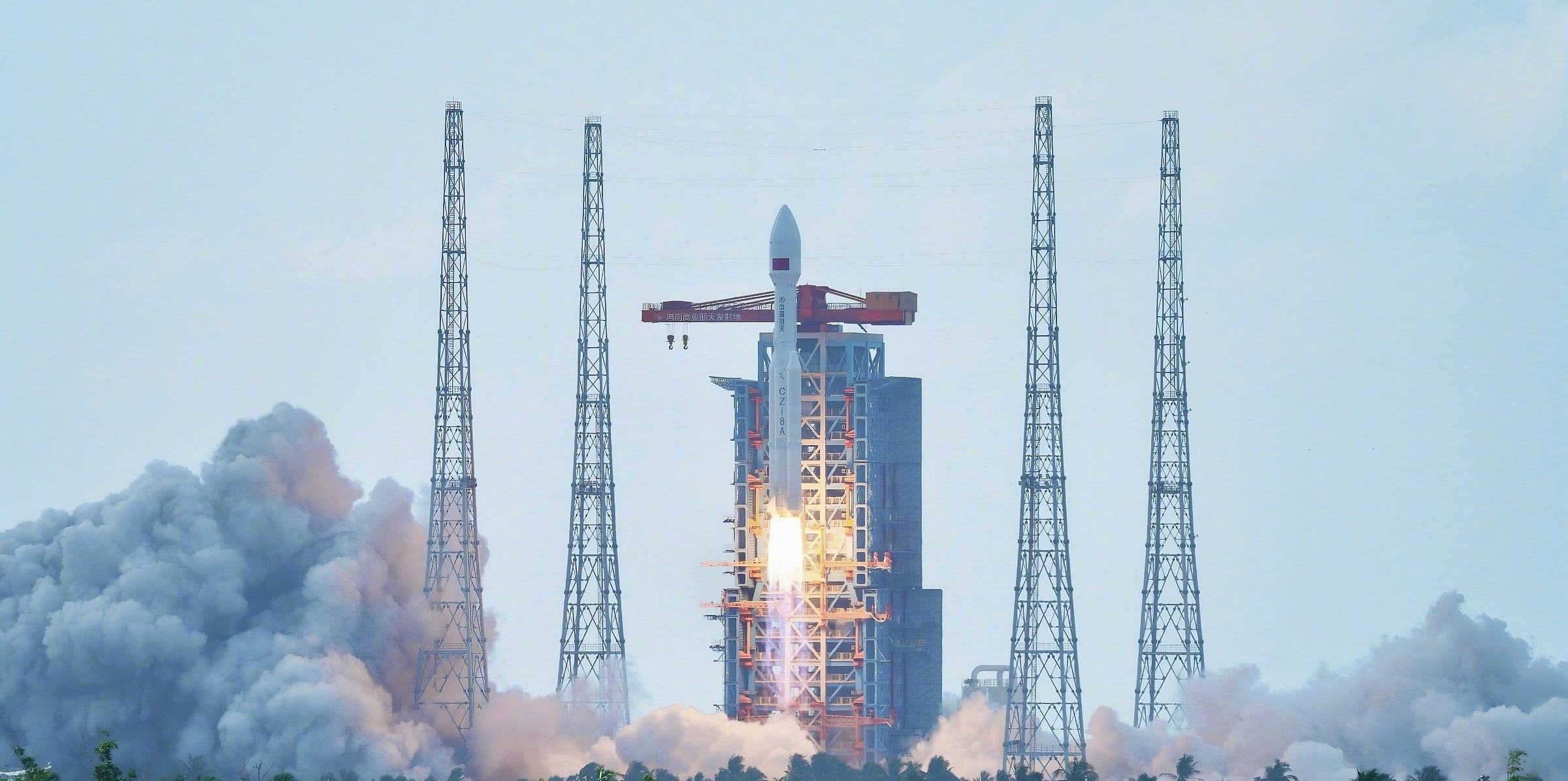
A Long March 8A lifted off from Commercial Launch Pad 1 at the Wenchang Commercial Space Launch Site at 09:33 am China Standard Time (01:33 am Universal Coordinated Time) on October 16th, heading for low Earth orbit with a group of satellites.
Riding into orbit was the twelfth group of GuoWang (国网) mega-constellation satellites, with another nine satellites likely onboard as with previous Long March 8A missions. The China Academy of Space Technology says they contributed to the spacecraft being launched.
The GuoWang constellation is operated by China Satellite Network Group, a state-owned enterprise, and wholly backed by the Chinese government. By the 2030s, up to 13,000 satellites could be in orbit, providing worldwide internet services; however, China-focused services will be the immediate priority.
With this group’s deployment today, GuoWang has 95 satellites in space, surpassing the Shanghai-backed Qianfan (千帆) mega-constellation with its 90 satellites in orbit. This has been enabled by hardware issues with Qianfan’s satellites, although that lead may not last for long. Both constellations are aiming to provide space-based connectivity.
Two different satellite variants are believed to be in use for the GuoWang constellation, a larger version used on vehicles like the Long March 5B, while smaller ones are used when launched atop rockets such as the Long March 6A or Long March 12. An electric propulsion system is likely in use due to a planned operational orbit above 1000 kilometers in altitude, as it would be the most efficient means of propulsion to deorbit each spacecraft once they reach the end of their operational lives after several years.
Today’s launch was also the 600th of the Long March launch vehicle series, since launches began on April 24th 1970, with almost 1,400 spacecraft launched to date. The first of which was a Long March 1; the 100th launch using a Long March 3A occurred approximately thirty-seven years and one month later; the 200th with a Long March 4B came about seven years and six months after that; the 300th using a Long March 3B/E followed roughly four years and three months later; the 400th with a Long March 4B arrived approximately two years and nine months after; the 500th using a Long March 2D launched almost exactly two years later; and the 600th occurred today, about one year and ten months after1. This was also the first time a cryogenic propellant-utilizing rocket and a Wenchang-launched mission was on this list of milestones over its fifty-five years.
Following this launch mission, the China Academy of Launch Vehicle Technology noted that this was the fourth time a Long March 8A has flown since it debuted in February. To operate the launch vehicle into the future, the academy is aiming to continually implement cost-savings and reliability improvements within a more high density flight schedule. As part of that, in the near future, a dedicated test team is set to take over launch site testing, during vehicle processing and on the launch pad, to allow for more missions to be prepared in parallel.
This mission was the 4th launch of a Long March 8A vehicle, the 8th launch of the Long March 8 series, and the 600th launch of the Long March launch vehicle series. This was also the 63rd launch from China in 2025.
Liftoff video via 北京蓝龙 on Weibo and Cosmic Penguin on Bluesky.
Livestream replay via International Rocket Launches on YouTube.
GuoWang Closes in on Qianfan [Long March 8A Y2]
At 03:08 am China Standard Time, on August 26th (19:08 pm Universal Coordinated Time, August 25th), a Long March 8A lifted off from Commercial Launch Pad 1 at the Wenchang Commercial Space Launch Site heading for low Earth orbit, with a group of internet satellites o…
What is the Long March 8A?
This section is for those less familiar with China’s Long March series of launch vehicles.
The Long March 8A is an improved and more cost-efficient upgrade of the Long March 8 and the future workhorse of its developer, the China Academy of Launch Vehicle Technology. The vehicle utilizes a two-and-a-half-stage design and is fuelled by rocket-grade kerosene and liquid oxygen in its first-stage and boosters along with liquid hydrogen and liquid oxygen in the second-stage.
The payload capacity of the launch vehicle is currently as follows:
9,800 kilograms to low Earth orbit
7,000 kilograms to a 700-kilometer sun-synchronous orbit
6,800 kilograms to a 900-kilometer sun-synchronous orbit
3,500 kilograms to geostationary transfer orbit
The Long March 8A’s boosters and first-stage are powered by YF-100 engines, with two engines on the first stage and one on each of the two boosters, generating a combined thrust of 490 tons at liftoff. The second-stage is equipped with two YF-75H, also referred to as YF-75DA, engines which produce 20 tons of thrust.
On the launchpad, the core alone Long March 8 stands at 50.5 meters tall and weighs 371,000 kilograms when fully fuelled. The first and second-stage have a diameter of 3.35 meters, the two boosters have a diameter of 2.25 meters, while the fairing has a diameter of 4.2 or 5.2 meters.
Currently, the Long March 8A is flown from the Wenchang Space Launch Site and the Wenchang Commercial Space Launch Site, both on the east coast of Hainan province.
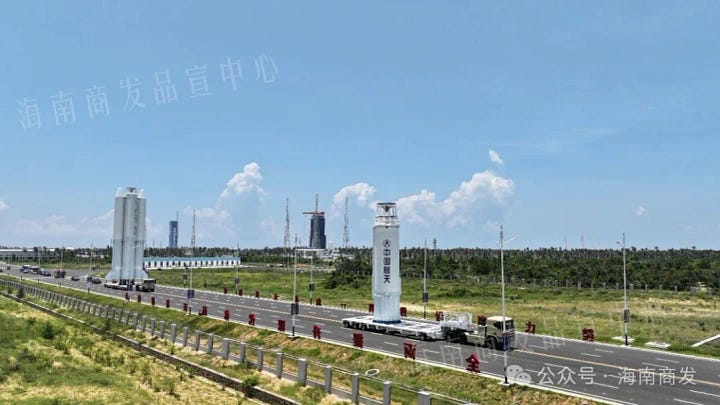
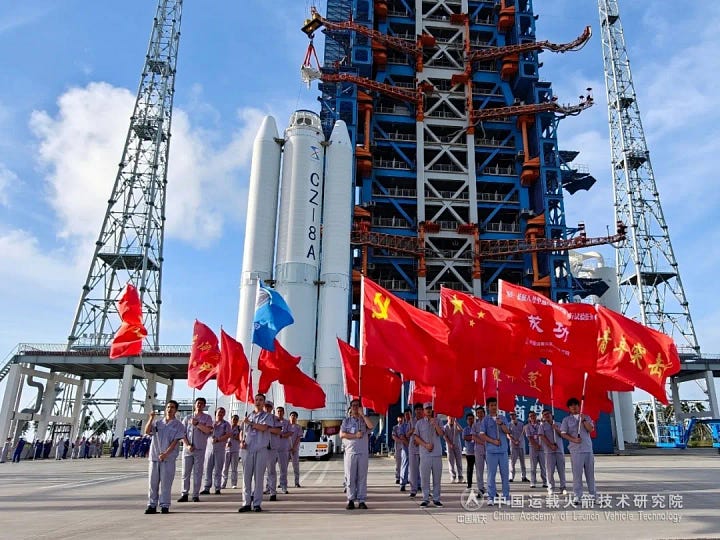
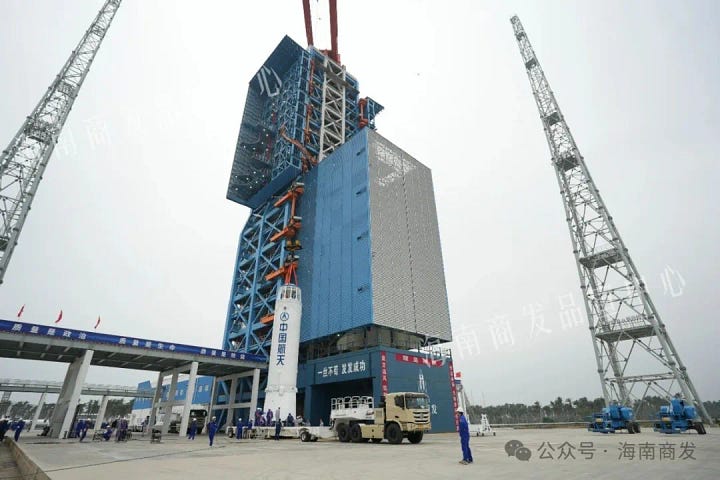
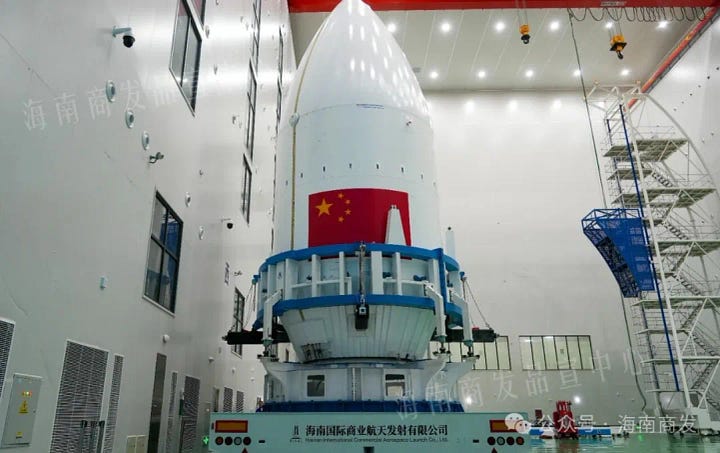
Milestones via an article from December 2023.



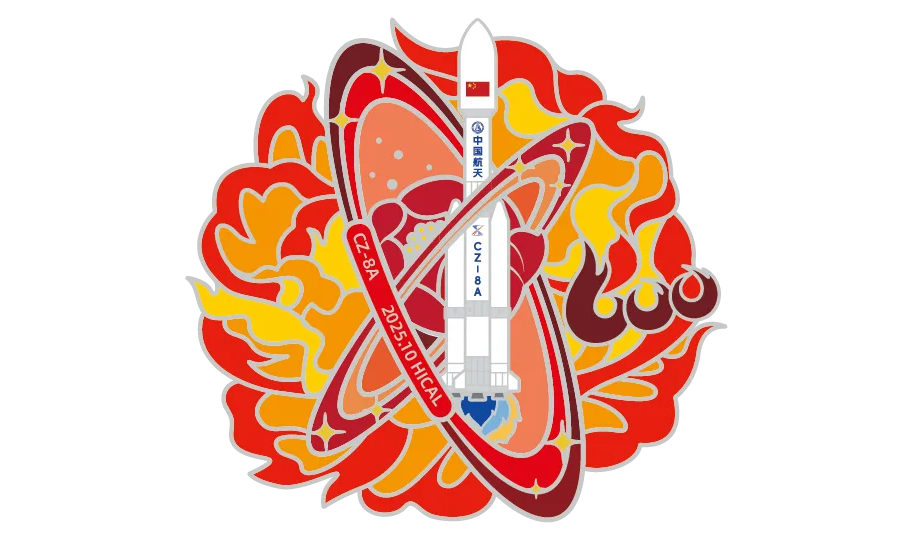
![GuoWang Closes in on Qianfan [Long March 8A Y2]](https://substackcdn.com/image/fetch/$s_!Vw8Q!,w_1300,h_650,c_fill,f_auto,q_auto:good,fl_progressive:steep,g_auto/https%3A%2F%2Fsubstack-post-media.s3.amazonaws.com%2Fpublic%2Fimages%2Fa674a9f3-9bd4-49a1-a5e2-973574735c17_6962x3302.jpeg)
